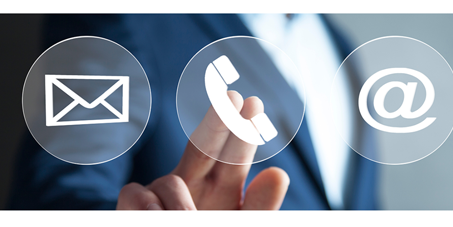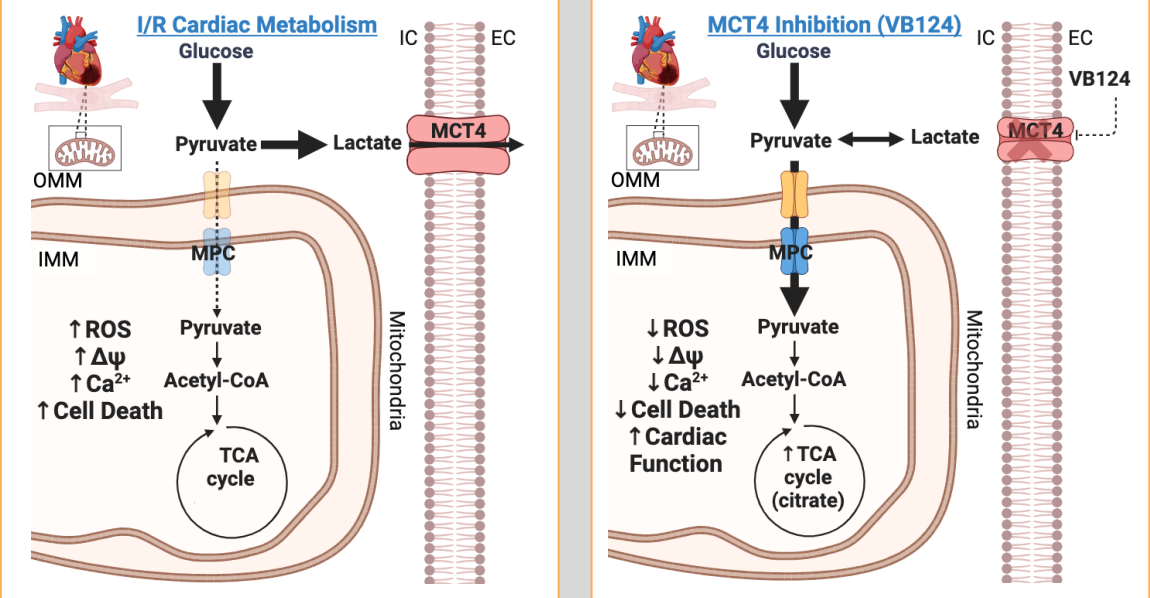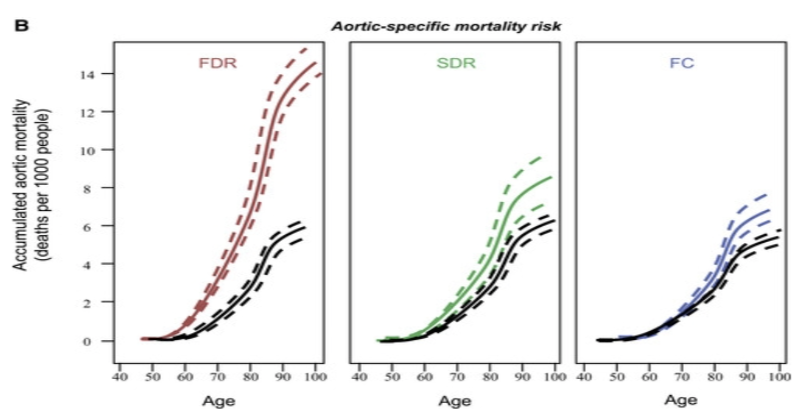CUTTING EDGE CARDIOVASCULAR RESEARCH
Nora Eccles Harrison Cardiovascular Research and Training Institute (CVRTI) delivers cutting-edge cell-to-bedside research and education of cardiovascular disease, which is one of the leading causes of death worldwide. At the CVRTI, we are both developing new insights into the biology of heart muscle cells, and developing novel therapeutics for patients with heart failure and cardiac arrhythmias such as sudden cardiac death.
Located at the University of Utah, the CVRTI nucleates a campus wide, multidisciplinary team of fourteen individual investigator laboratories who are both scientists and physician scientists. The research of the laboratories spans from basic muscle biology and channel electrophysiology to metabolism and genetics. Founded in 1969, the CVRTI is one of the oldest cardiovascular institutes in the country, and its research has already impacted clinical care from development of the first artificial heart, to the genetic basis of long QT arrhythmias, to using electricity to map heart dimensions for arrhythmia ablation, to myocardial recovery.

CVRTI Seminar Series
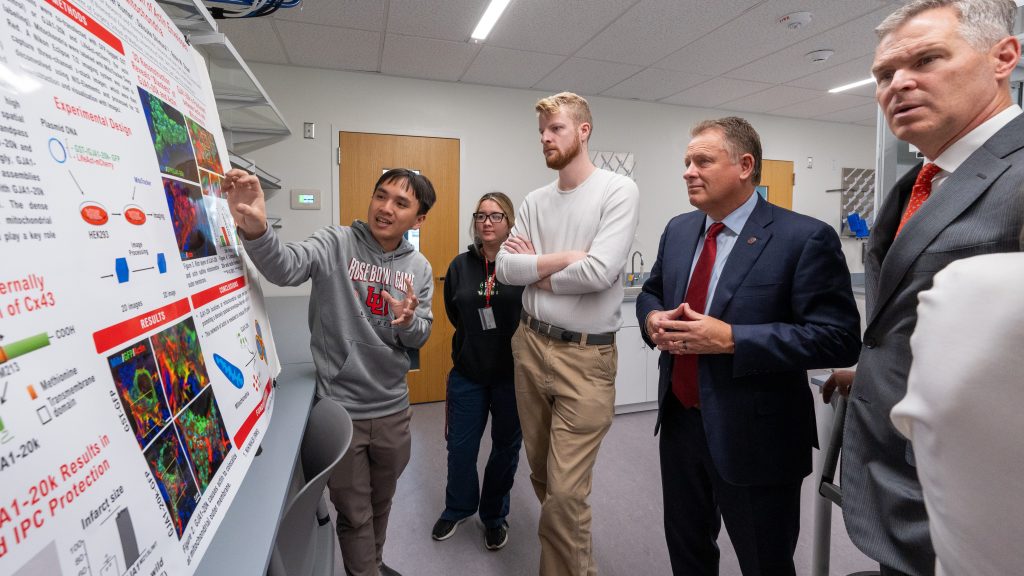
We are excited to announce that the CVRTI Seminar Series will be making a comeback at the end of August 2025! 🎉
We are currently finalizing the details and will be sharing them soon. We appreciate your patience and enthusiasm.
Please stay tuned for updates. We look forward to welcoming you back to our enriching and insightful seminars.
Thank you for your continued support!
Join us in person only at
Eccles Health Sciences Education Building, EHSEB, Bldg. 575, Room 2600, 25 S. 2000 E. (Lunch Provided)
The human heart is a muscular powerhouse that beats more than 100,000 times a day, pumping blood and oxygen throughout the body. To fuel this nonstop activity, it relies heavily on mitochondria, the energy-producing organelles found in nearly every cell.
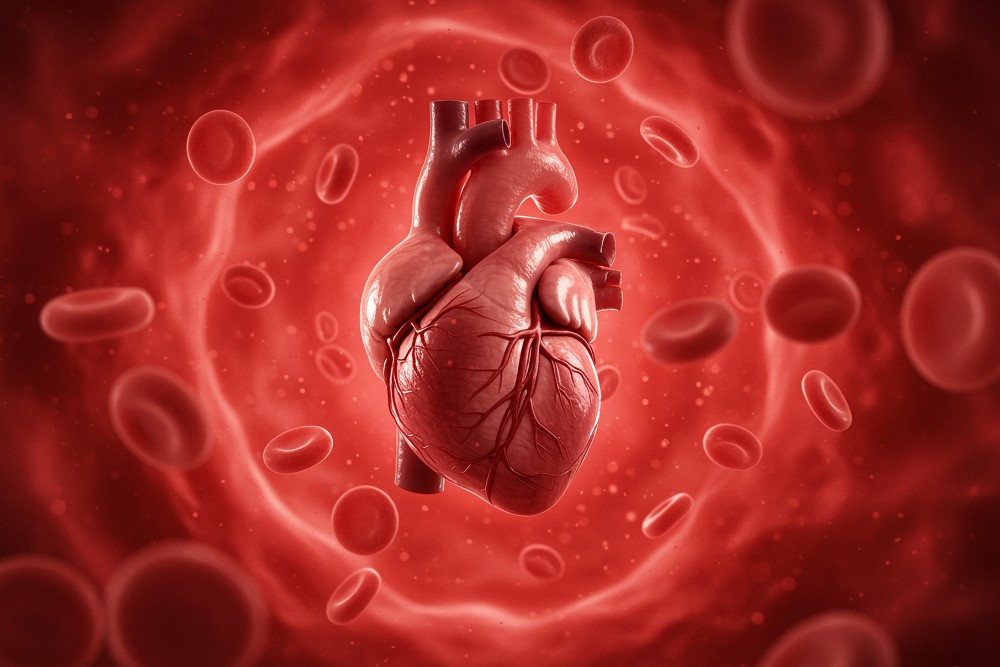


.png)



